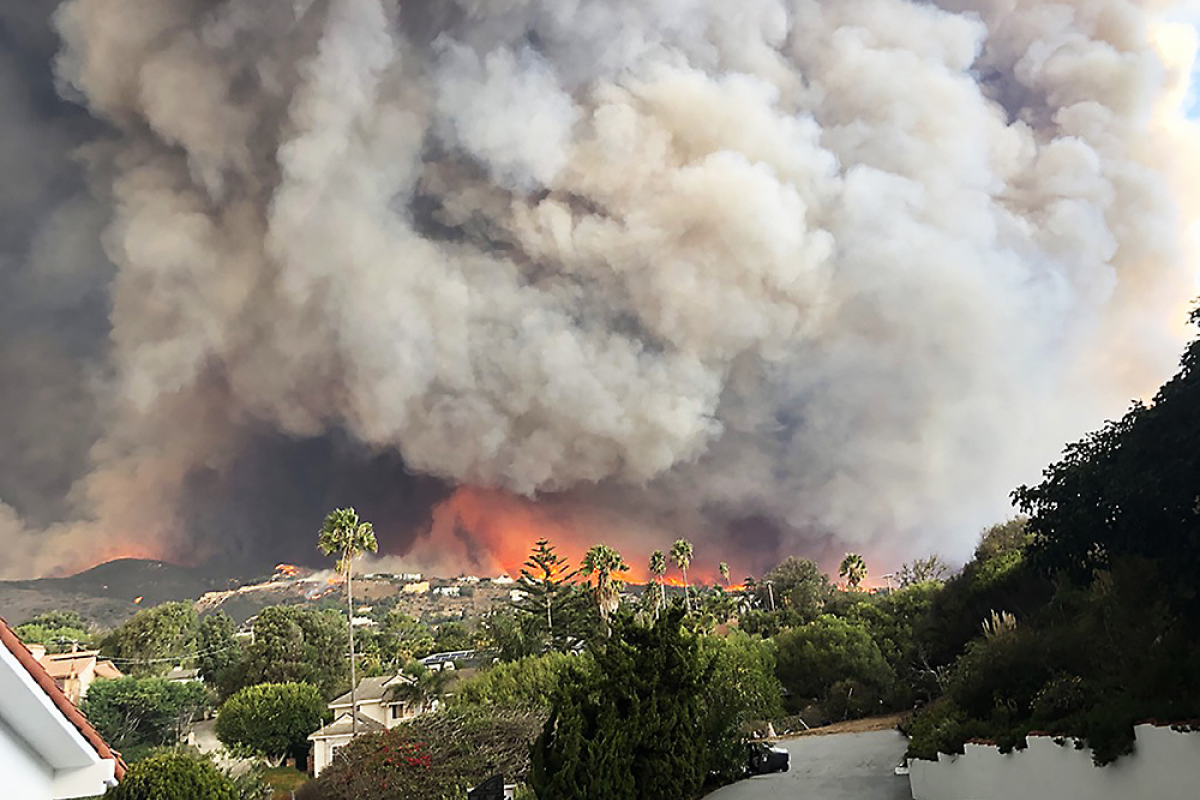We asked Adam Rose, a Professor (Research) at the USC Price School of Public Policy, about the link between climate change and the fires ravaging Los Angeles County this week. Rose is an expert in energy and environmental economics, among other topics. Here are his answers, which were lightly edited for clarity.
Q: Southern California has always experienced wildfires, but has climate change made them more frequent and devastating?
A: Yes, definitely. Climate change results in a vicious drought/wildfire circle. While most people think of climate change in terms of long-term manifestations, such as higher temperatures and sea-level rise, it also dramatically increases climate variability.
This means we have more periods of increased – and some unprecedented – rainfall, partly because warmer air carries more moisture. And that increases the amount of vegetation. Then we have periods of much lower – and some unprecedented – rainfall (droughts), which dries out the vegetation, making it a tinderbox.
Q: How does climate change worsen wildfires?
A: In addition to the answer above, climate change can contribute to:
- warmer/drier air, which enhances burning;
- stronger winds, which fan the flames and reduce the ability of planes and helicopters to fight fires;
- challenges our water resources for fighting fires.
